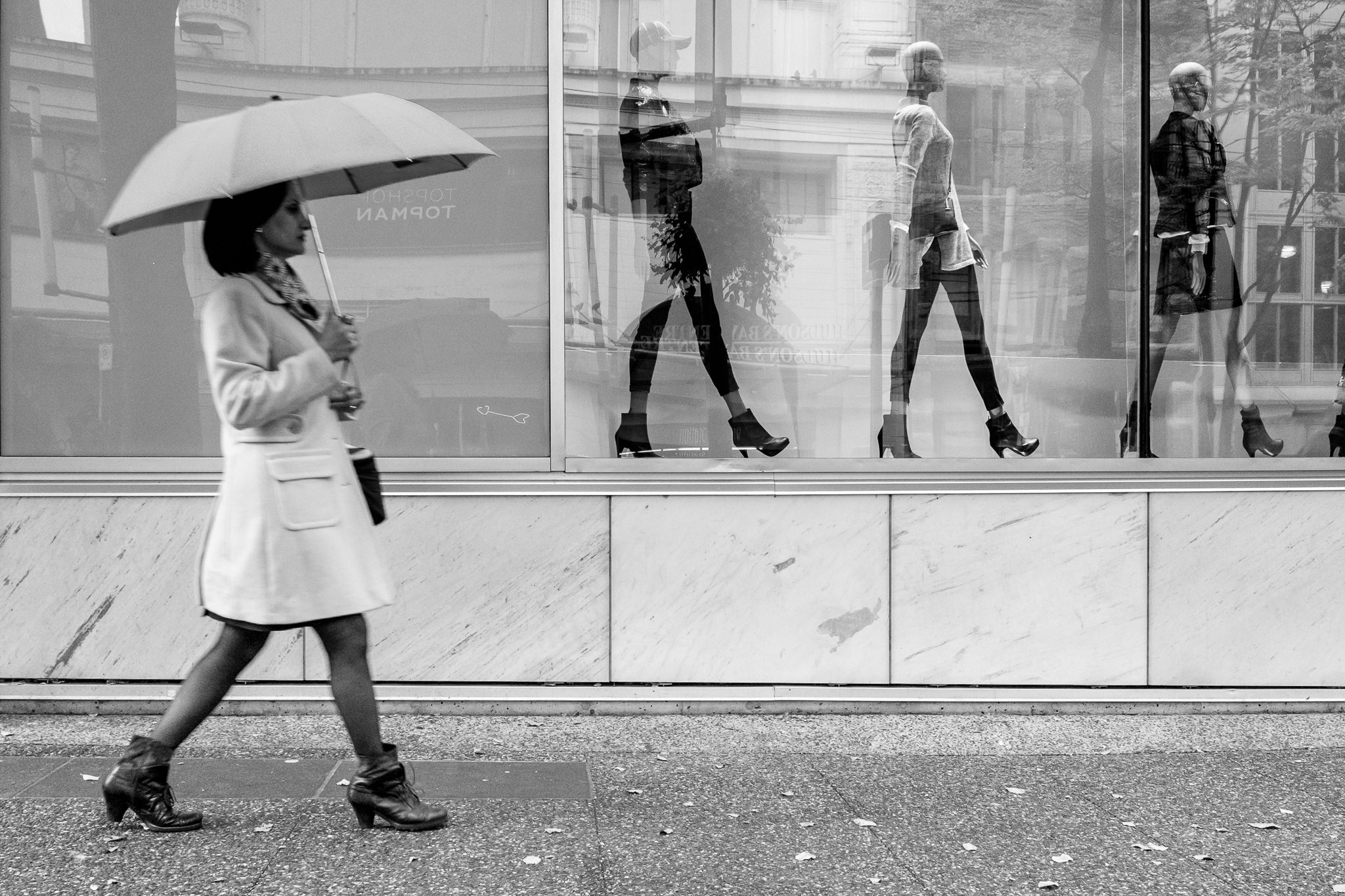Framing Streets Fundamentals Explained
Framing Streets Fundamentals Explained
Blog Article
Some Known Questions About Framing Streets.
Table of ContentsSome Ideas on Framing Streets You Should KnowWhat Does Framing Streets Do?The Main Principles Of Framing Streets Our Framing Streets StatementsThe Main Principles Of Framing Streets Unknown Facts About Framing Streets
, usually with the objective of catching photos at a decisive or poignant minute by mindful framing and timing. https://davidturley33101.wixsite.com/my-site/post/framing-streets-mastering-the-art-of-street-photography.
3 Simple Techniques For Framing Streets
Susan Sontag, 1977 Road photography can concentrate on individuals and their actions in public. In this respect, the street professional photographer is comparable to social docudrama photographers or photographers who additionally operate in public locations, however with the aim of capturing newsworthy events. Any of these professional photographers' photos might capture people and residential or commercial property visible within or from public places, which typically entails navigating honest concerns and laws of privacy, safety, and building.
Depictions of everyday public life form a genre in practically every duration of world art, beginning in the pre-historic, Sumerian, Egyptian and early Buddhist art periods. Art managing the life of the road, whether within views of cityscapes, or as the dominant motif, appears in the West in the canon of the Northern Renaissance, Baroque, Rococo, of Romanticism, Realism, Impressionism and Post-Impressionism.
See This Report about Framing Streets
Louis Daguerre: "Blvd du Holy place" (1838 or 1839) In 1838 or 1839 the initial picture of figures in the street was videotaped by Louis-Jacques-Mand Daguerre in one of a pair of daguerreotype views extracted from his studio window of the Blvd du Temple in Paris. The second, made at the elevation of the day, reveals an unpopulated stretch of street, while the other was taken at about 8:00 am, and as Beaumont Newhall records, "The Blvd, so frequently loaded with a relocating throng of pedestrians and carriages was perfectly solitary, except an individual who was having his boots brushed.
His boots and legs were well defined, however he is without body or head, since these were in activity." Charles Ngre, waterseller Charles Ngre. https://framing-streets.mailchimpsites.com/ was the very first professional photographer to attain the technical elegance needed to sign up people in activity on the road in Paris in 1851. Photographer John Thomson, a Scotsman collaborating with journalist and social activist Adolphe Smith, released Road Life in London in twelve month-to-month installments beginning in February 1877
Framing Streets - Questions
Eugene Atget is considered as a progenitor, not since he was the initial of his kind, yet as an outcome of the popularisation in the late 1920s of his document of Parisian roads by Berenice Abbott, who was influenced to take on a comparable paperwork of New York City. [] As the city established, Atget helped to promote Parisian streets as a deserving topic for photography.

Getting My Framing Streets To Work
Martin is the first taped photographer to do so in London with a masked camera. Mass-Observation was a social study organisation established in 1937 which intended to videotape everyday life in Britain and to videotape the responses of the 'man-in-the-street' to King Edward VIII's abdication in 1936 to marry divorce Wallis Simpson, and the succession of George VI. Andre Kertesz.'s commonly appreciated Images la Sauvette (1952) (the English-language edition was titled The Definitive Minute) advertised the idea of taking an image at what he termed the "crucial minute"; "when kind and content, vision and make-up combined into a transcendent whole" - Sony Camera.
What Does Framing Streets Mean?
The recording machine was 'a covert electronic camera', a 35 mm Contax concealed underneath his coat, that was 'strapped to the breast and attached to a long wire strung down the right sleeve'. His work had little contemporary effect as due to Evans' try here level of sensitivities concerning the creativity of his job and the personal privacy of his subjects, it was not released till 1966, in the publication Several Are Called, with an intro composed by James Agee in 1940.
Helen Levitt, then a teacher of young kids, connected with Evans in 193839. She recorded the temporal chalk illustrations - Sony Camera that became part of youngsters's street society in New York at the time, along with the children that made them. In July 1939, Mo, MA's new photography area consisted of Levitt's operate in its inaugural eventRobert Frank's 1958 publication,, was significant; raw and typically indistinct, Frank's photos examined mainstream digital photography of the moment, "tested all the official rules put down by Henri Cartier-Bresson and Pedestrian Evans" and "flew in the face of the wholesome pictorialism and heartfelt photojournalism of American publications like LIFE and Time".
Report this page